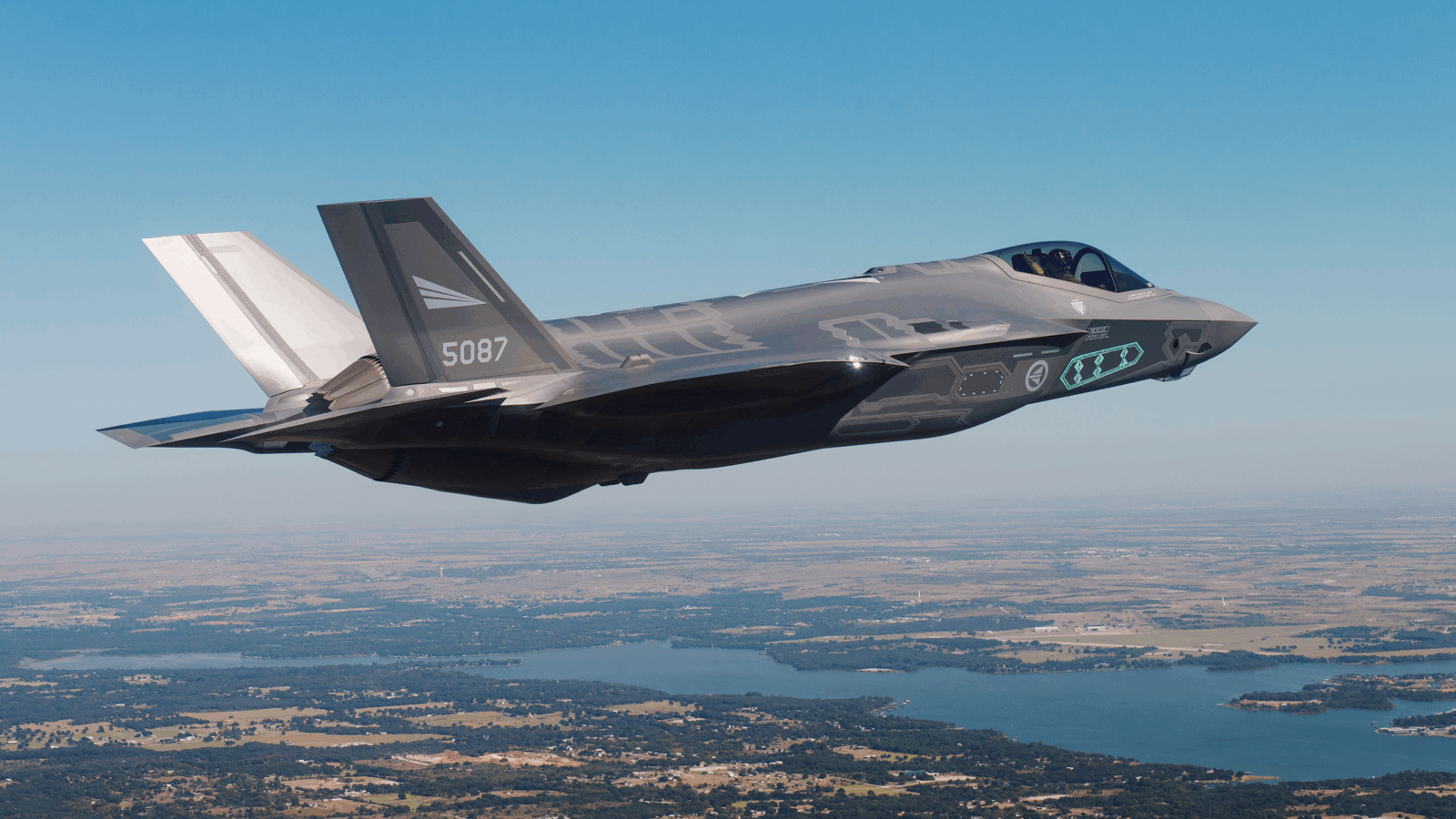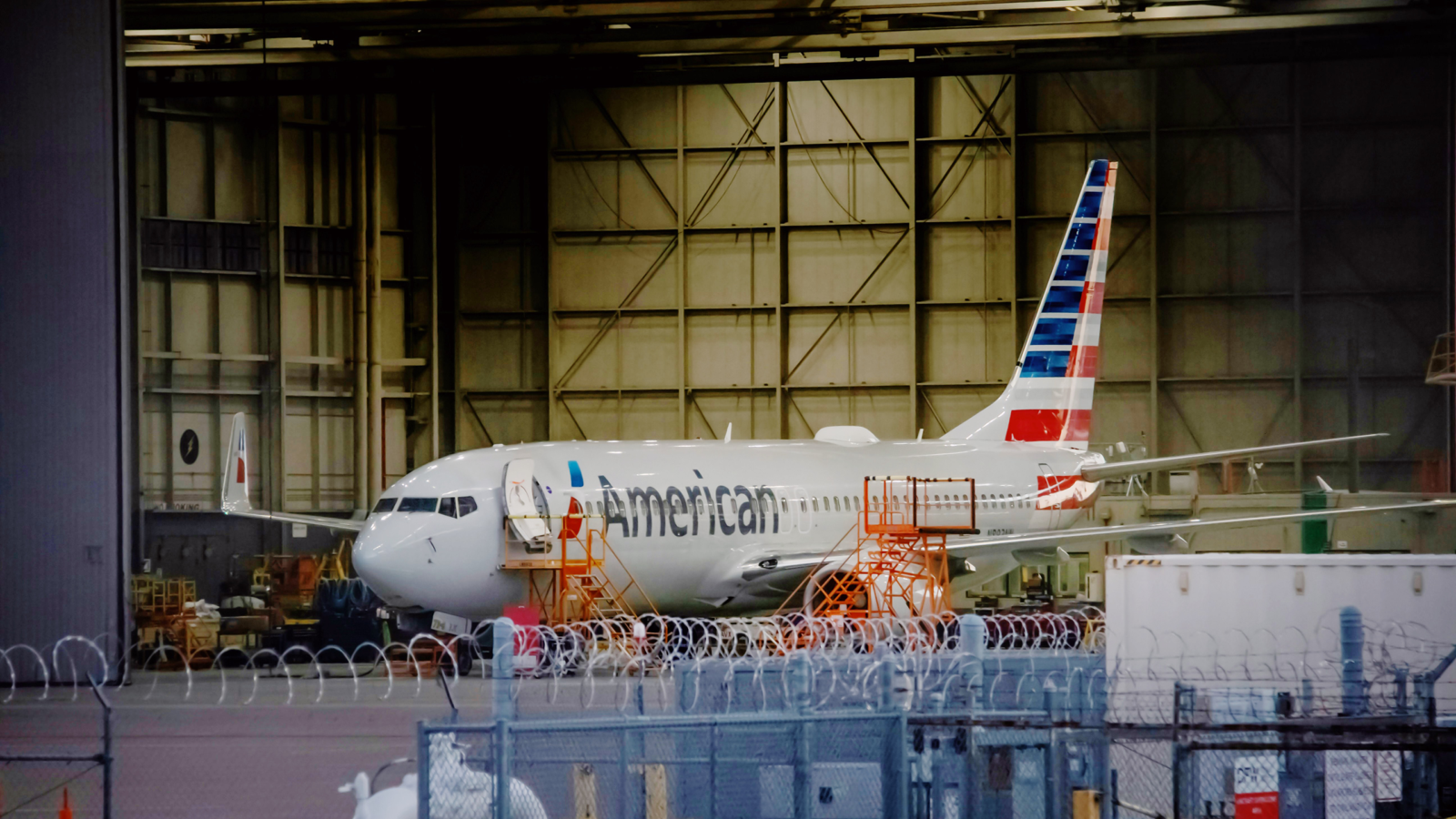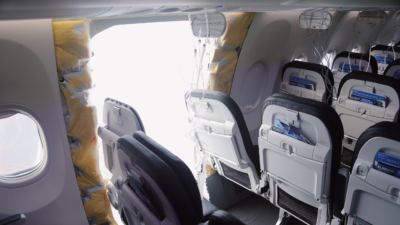Embattled Boeing Shows Surprising Signs of a Turnaround
It was only last year that 737 felt like the number of scandals Boeing was embroiled in, rather than the name of its narrow-body aircraft.

Sign up for smart news, insights, and analysis on the biggest financial stories of the day.
When you’re Boeing these days, not bad is pretty, pretty good.
After burning a Mount Rainier-sized pile of cash in 2024, the embattled aerospace manufacturer showed signs of recovery in the first quarter, narrowing losses and trying out the novel concept of making and delivering planes, according to its latest financial report.
Price at Your Peril
It was only last year that 737 felt like the number of scandals Boeing was embroiled in, rather than the name of its popular narrow-body aircraft. There were years of safety issues, culminating in the famous door plug that blew out on an Alaska Airlines flight in January 2024. Allegations of whistleblower intimidation followed as the company was accused of cutting corners. In the previous five years, the company had as many CEOs as there are letters in CEO.
The combination of regulators stepping in to limit Boeing’s production until the company improved its standards and a nearly two-month worker strike left the company saddled with an $11.8 billion loss in 2024, more than five times the $2.2 billion loss a year earlier. Which explains why even modestly good news was enough to send Boeing’s stock soaring about 6% on the day:
- No, the company didn’t make a profit (let’s not go crazy), but the $31 million net loss in the first quarter was a massive improvement from the $355 million Boeing lost in the same period last year. Revenue achieved liftoff, rising 18% to $19.5 billion and beating Wall Street expectations. Boeing’s free cash burn — aka how much of its reserves it used — of $2.3 billion was much more restrained than the consensus $3.4 billion analysts expected, not to mention the $4 billion in Q1 2024.
- Then there are the deliveries: Boeing’s commercial airplanes revenue climbed 75% to $8.15 billion on the delivery of 130 jets, an almost 60% increase over Q1 2024. Since last year’s door-plug accident, Boeing has required Federal Aviation Administration approval to produce more than 38 of its 737 Max jets per month: Current CEO Kelly Ortberg, who took over in August 2024, said the company is on track to stabilize production at that level later this year, at which point it will ask for incremental hikes every few months until it reaches roughly 52.
In another sign that Boeing’s luck is not what it once was (bad), the company recently managed to secure new stocks of specialized nuts and bolts after a fire at a supplier’s factory earlier this year threatened a shortage that would delay production.
It Pays to Be Behind: Boeing, like every company on earth or at a 41,000-foot cruising altitude above it, is facing uncertainty thanks to tariff warring between China and the US. Beijing has already ordered Chinese airlines to return some Boeing aircraft and put a pause on future orders. However, Ortberg said Wednesday that Boeing can use planes that Chinese customers no longer want to meet demand elsewhere: Its backlog is worth $545 billion, and includes more than 5,400 commercial aircraft, according to the company’s latest financials. China accounts for only about 10% of that.











